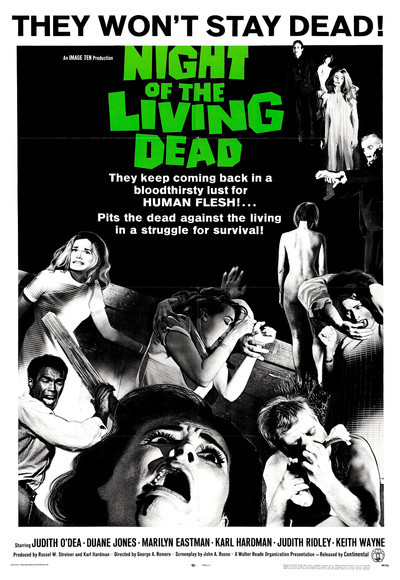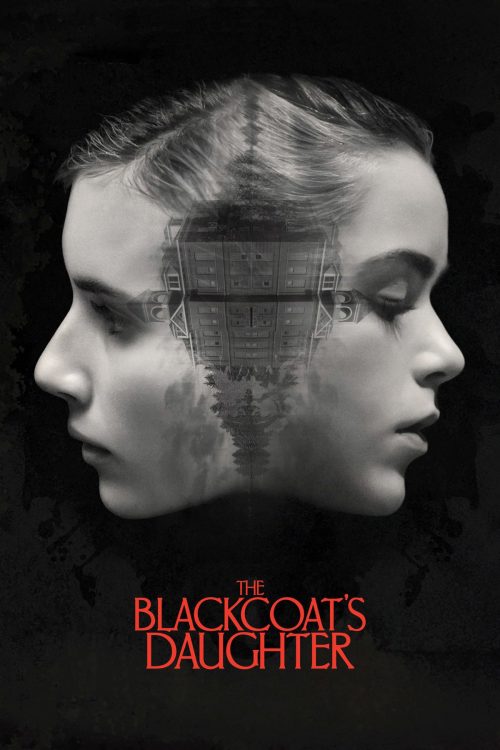The skeletal hand of autumn is starting to hold sway. The nights are getting longer and the winds bring a chill air. Now is the dark season. A time for staying indoors, staying safe from the things that only emerge from under the light of the pale moon. So I present to you a list of some of the most chill-inducing films and short stories to help set the mood. Perfect for Halloween, and the long winter ahead.

Alone with the Horrors: The Great Short Fiction of Ramsey Campbell.
Ramsey Campbell is not to be trusted. He does not write fun, zany, entertaining horror stories. No, he writes horror stories with the intent of fucking you up. A creeping dread pulls you along through one of his narratives. Till you get to the end, where something happens, you are not quite sure what it was, but you are sure that you wish you had not seen it. And now that you had, you will not be sleeping. There are many collections of his work I could have chosen, Demons by Daylight and Cold Print are personal favorites. But Alone with the Horrors collects most of his best chilling work. Some of my favorites include The Companion, The Brood, and The End of a Summers Day. Keep the lights on.

The Secret of Ventriloquism by Jon Padgett.
Jon Padgett writes like he has seen your nightmares. Like he has been inside your head. He writes like he is talking to you. Showing you sights you thought you wanted to see, until you see how Jon has perverted them and corrupted them. Leaving your dreams a twisted nightmare. Stories like The Mindfulness of Horror Practise, The Indoor Swamp, and 20 Simple Steps to Ventriloquism have this hypnotic power, this dark delirium that Jon Padgett immerses you in, never to let you go.

Pulse ( Kairo ) directed by Kiyoshi Kurosawa
People ask me all the time what the most frightening film I have ever seen is. I, without even needing to think about it reply, Pulse. They laugh and tell me about how they have seen Ringu and are can handle Japanese horror. I say, here, borrow this, then tell me what you think. To a person, every single one has come back, silent and visibly shaken, and admitted that Pulse creeped them out. This film has this sinister power, I challenge anyone to watch it and say it did not scare them. Something about unseen things in the shadowy corners, things you did not realize were there the whole time, then you see them, and they watch you, and come towards you, real, real, slow. The camera does not cut, the camera does not pan, the ghostly things just keeps looking right at you and they keep coming closer and closer. The first time I watched Pulse I had to turn it off halfway through. The sense of dread was overpowering. To this day I hesitate to revisit this film.

Night of the Living Dead directed by George Romero
Maybe the most downbeat film I have ever seen. A vision of the end of the world that is just devastating. The zombies that Romero shows us are ourselves, what we all will become. Rotted and corrupt. He shoves our deceased bodies in our faces. They rise and they attack and they will not be defeated, the only result is death. There is no escape in this film. Everyone falls apart and everyone turns on each other. There is nowhere to run to. No one to save you. Night of the Living Dead shows us the worst of ourselves. And there is nothing we can do about it. A real-life nightmare of cinema. Everyone has seen it and talked about it. But it has not lost one bit of its power to shock and scare its audience.

Let’s Scare Jessica to Death directed by John D. Hancock
Maybe my favorite of the whole genre of psychological ghost films. An atmospheric chiller that never lets go of its secrets. In a strange way, it is the offspring of the film Carnival of Souls and the novella Carmilla. A perfect film to be caught late at night on television when you are in a half asleep state. Its dreamlike rhythms are absolutely intoxicating and will get under your skin. Beware the still waters and the dark woods, for you do not know what is out there, whispering your name….









